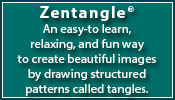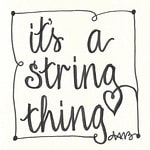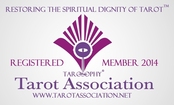|
Rug pictures will resume next week. Meanwhile, here are answers to a few more questions I've received about the show, plus a few other things more along the lines of what I usually post. TO SEE ALL POSTS ON THE TAROT RUGS SO FAR, CLICK HERE. [The focus on the Tarot Rug Project will only last until I've shown the rugs, and then I'll go back to my usual topics.] WHO TOOK THE PHOTOGRAPHS FOR THE TAROT RUG PROJECT? They are pretty special, and so well done. Anne-Marie Littenberg, who is also a textile artist and author (of several books) is the photographer for all the rugs. In this short Burlington Free Press article, she talks a little about how rug hooking brought her into photography. We are lucky to have her skills in taking these photos. She teaches rug hooking and her approach to the art is entirely original. If you ever have a chance to go and see her rugs, do it! TAROT HISTORY IN THREE SENTENCES: (Needless to say, this is hardly complete) Contrary to the rumors about Egyptian or Gypsy origins, we can find no credible evidence that tarot decks existed before the early 15th century. In fact, the earliest known tarot, the Visconti-Sforza deck, was created in Italy around 1450 and its purpose was not to tell fortunes but to enable its owners to play tarocco, a card game still played in Europe today. It was only in the 18th-19th centuries, when the images had become more elaborate, that it began to be used by mystics for divination. (At some point I will post a list of books on tarot history for those who are interested.) WHY WAS THE RIDER-WAITE-SMITH DECK THE BASIS FOR THIS PROJECT? The Rider-Waite deck (aka the Rider-Waite-Smith deck, recognizing Pamela Coleman Smith’s major contribution as the artist behind the images) was published in 1910 and has remained in print ever since. There were other earlier decks in print, such as the Marseilles deck, but we don’t have room to go into them here. Most people who have seen tarot decks have seen the RWS (Rider-Waite-Smith) or one of its many available derivatives, called "RWS Clones." Because it is so common and so popular, Loretta and Michele decided to ask the tarot rug artists to work with the symbolism from this deck when designing their rugs. We all had plenty of leeway and were allowed to go “off-road” with our designs as needed, but the deck we all originally referenced was the RWS. Rather than using original RWS cards here, I’m using the Universal Waite deck, which is nearly an exact copy except that the colors of the RWS have been redone in colored pencil by artist Mary Hanson Roberts. US Games Systems holds the copyright to the Universal Waite and has kindly granted permission for me to use this deck for this purpose. WHY THE ODD NUMBER OF RUGS IN THIS EXHIBIT? (23) A traditional tarot deck has 78 cards. Clearly, waiting for 78 rugs to be created was not feasible (not to mention the shipping costs involved). A tarot deck is divided into 22 “Major Arcana,” 56 “Minor Arcana,” including the Court Cards. You are welcome to click on those links for further information if you wish. Michele and Loretta decided to ask the artists to hook only the 22 Major Arcana, and one artist was invited to hook a rug as a single design for the back of the entire deck, resulting in a total of 23 rugs. I'VE NEVER HEARD OF RIDER, WAITE, OR SMITH--WHO ARE THOSE GUYS ANYWAY? Rider was the publishing company. Arthur Edward Waite was a member of the Hermetic Order of the Golden Dawn, a late 19th century magical group, as was Pamela Coleman Smith, the artist contracted to do the artwork. The links I've provided will give you a brief introduction to each. Waite and Smith based part of the deck on the Sola Busca Tarot from Northern Italy (1491), the first fully illustrated deck currently known. The Rider-Waite-Smith deck has been in print continuously since it was published in 1910, and is the deck most people have seen, whether they know anything about tarot or not. AND NOW FOR SOMETHING COMPLETELY DIFFERENT: I spent the day today dyeing more yarn for the background of my next rug. I'm exhausted but I have seven more skeins done and it's going very well. In between all the blogging and yarn dyeing I've done over the last couple of days I squeezed in a tangle or two: Time to clean up the yarn dyeing mess so that I can have dinner. It's been a long productive day...
Sweat is the cologne of accomplishment. (Heywood Broun) Comments are closed.
|
ABOUT ME I'm a textile artist (traditional rug hooking, punch needle rug hooking, and other textile arts), a long-time meditator, a certified meditation teacher and coach, and focused on learning about the interplay of art, creativity, and mindfulness every day. Certified Unified Mindfulness Coach
Categories
All
Archives
July 2024
|
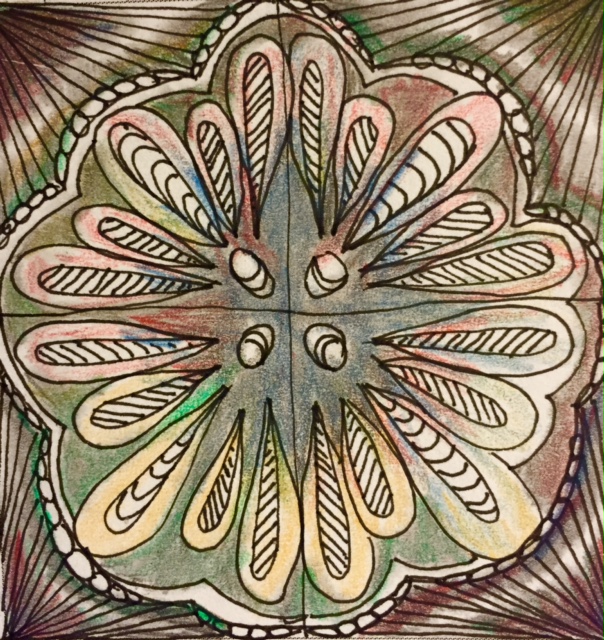
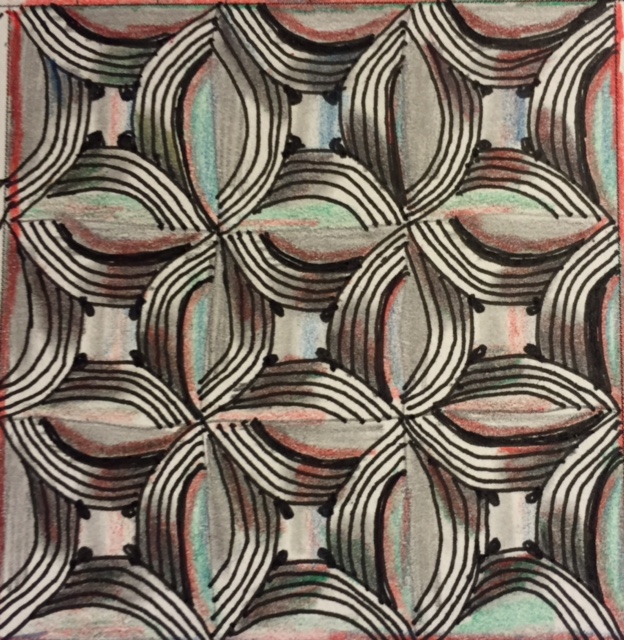




 RSS Feed
RSS Feed
